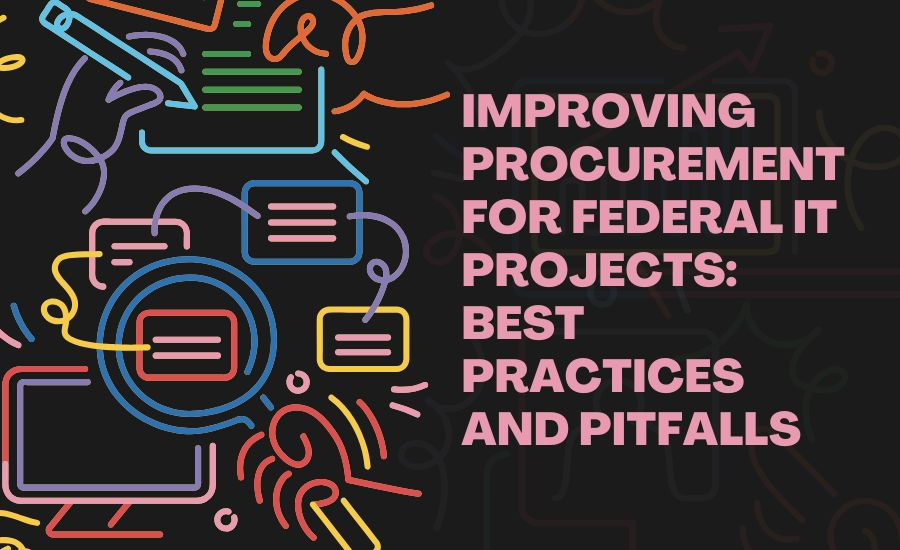Federal IT Modernization: Lessons from the TMF (Technology Modernization Fund)
- Harshil Shah
- Sep 8
- 2 min read

Federal Chief Information Officers (CIOs) are under constant pressure to modernize legacy systems while ensuring secure, efficient delivery of public services. The Technology Modernization Fund (TMF), launched in 2017, has become a central resource for agencies seeking financial support to upgrade IT infrastructure. Beyond funding, the TMF offers valuable insights into how agencies can successfully drive IT modernization projects. This article outlines the key lessons CIOs can apply from the TMF to their own modernization journeys.
Lesson 1: Modernization Requires More Than Funding
While the TMF provides critical financial resources, successful modernization projects hinge on leadership commitment, strategic planning, and execution discipline. CIOs must ensure that modernization aligns with mission outcomes and citizen experience—not just IT upgrades. The TMF highlights that projects with clear agency-wide sponsorship and measurable goals outperform those driven solely by technology replacement.
Lesson 2: Start Small, Scale Fast
Many TMF-funded projects began as pilots with limited scope before expanding agency-wide. This approach reduces risk, allows teams to validate assumptions, and creates early wins that justify further investment. For CIOs, adopting a phased strategy—such as migrating one mission-critical application to the cloud before full-scale adoption—provides momentum and mitigates costly failures.
Lesson 3: Emphasize Security by Design
IT modernization is inseparable from cybersecurity. The TMF prioritizes proposals that integrate security controls into every phase of modernization. CIOs should follow suit by embedding Zero Trust Architecture, identity management, and continuous monitoring into modernization plans. Security must not be bolted on after system upgrades; it should be the foundation of transformation efforts.
Lesson 4: Collaboration Drives Success
TMF-funded projects often succeed because they foster collaboration between CIOs, CISOs, program managers, and acquisition teams. Federal CIOs should cultivate cross-functional partnerships to align modernization goals with mission needs, budget realities, and security requirements. These partnerships also strengthen accountability and accelerate decision-making.
Lesson 5: Data and Metrics Matter
Agencies that receive TMF support must report progress using mission-driven metrics. CIOs should adopt the same discipline internally, measuring modernization success not only by system uptime or cost savings but also by mission impact and citizen service improvements. Tracking results like faster service delivery or reduced system downtime demonstrates ROI and strengthens executive and congressional support.
Looking Ahead
As technology evolves, federal CIOs must continue to modernize with agility, balancing innovation against fiscal responsibility and security. The Technology Modernization Fund has shown that modernization is achievable when funding, governance, and leadership align. For CIOs, the core takeaway is clear: modernization is not a one-time project but a sustained effort that drives agency missions forward.
For more insights and best practices for federal CIOs, visitCIOMeet.org.




Comments